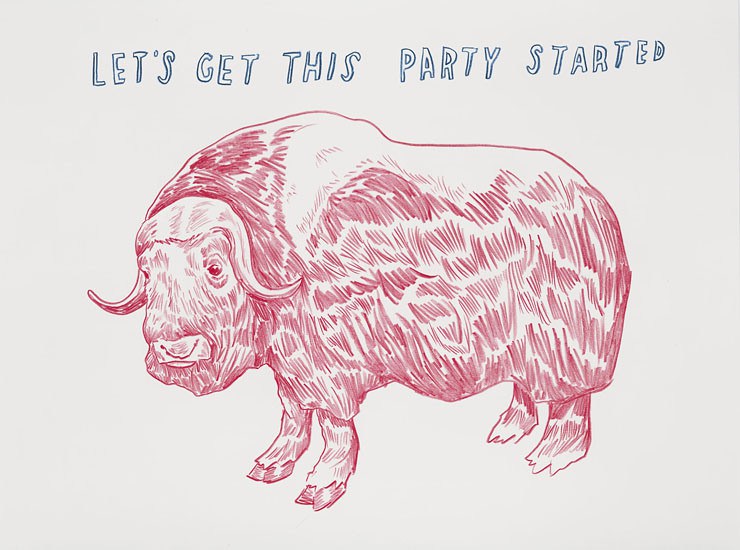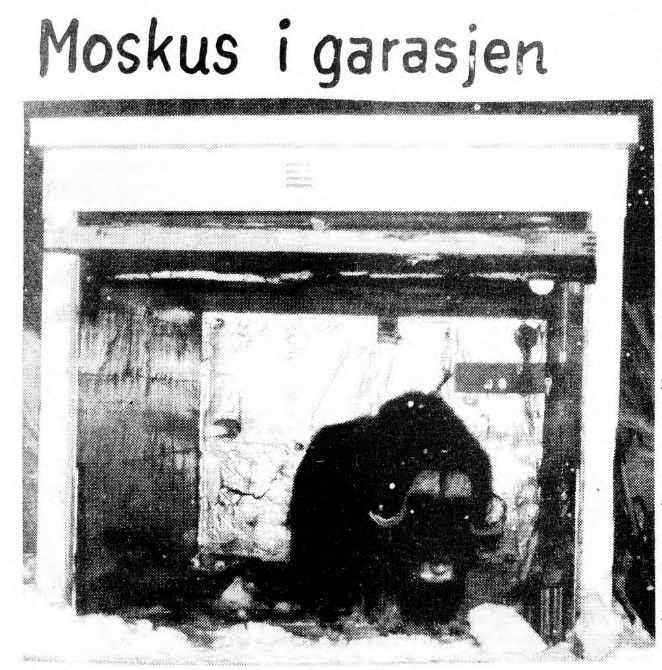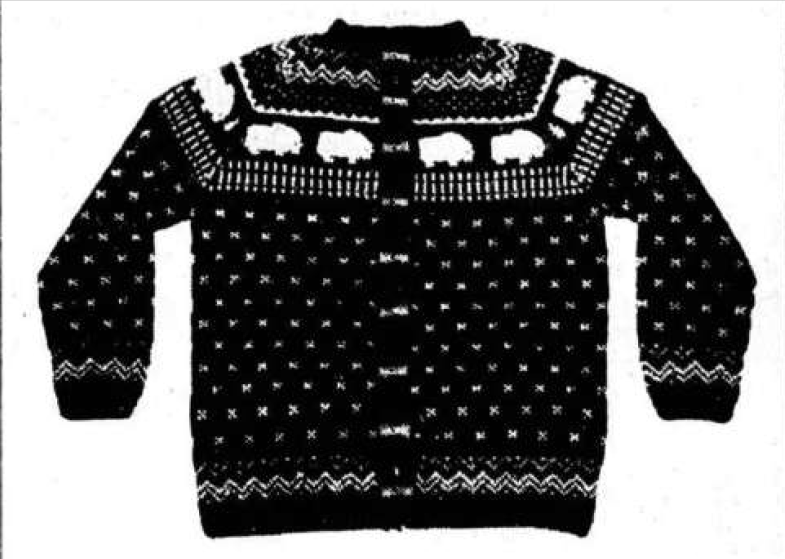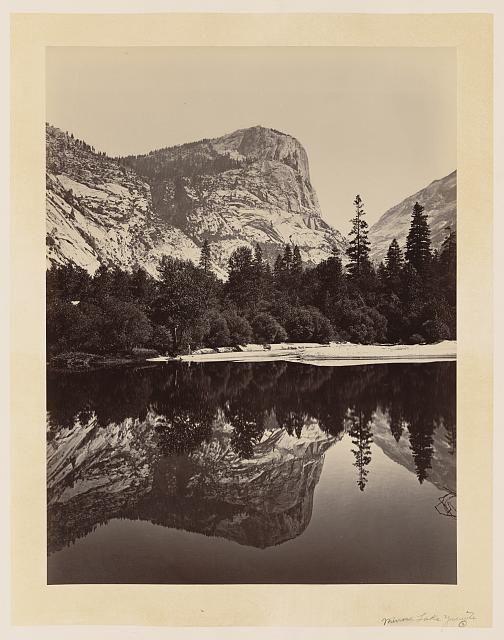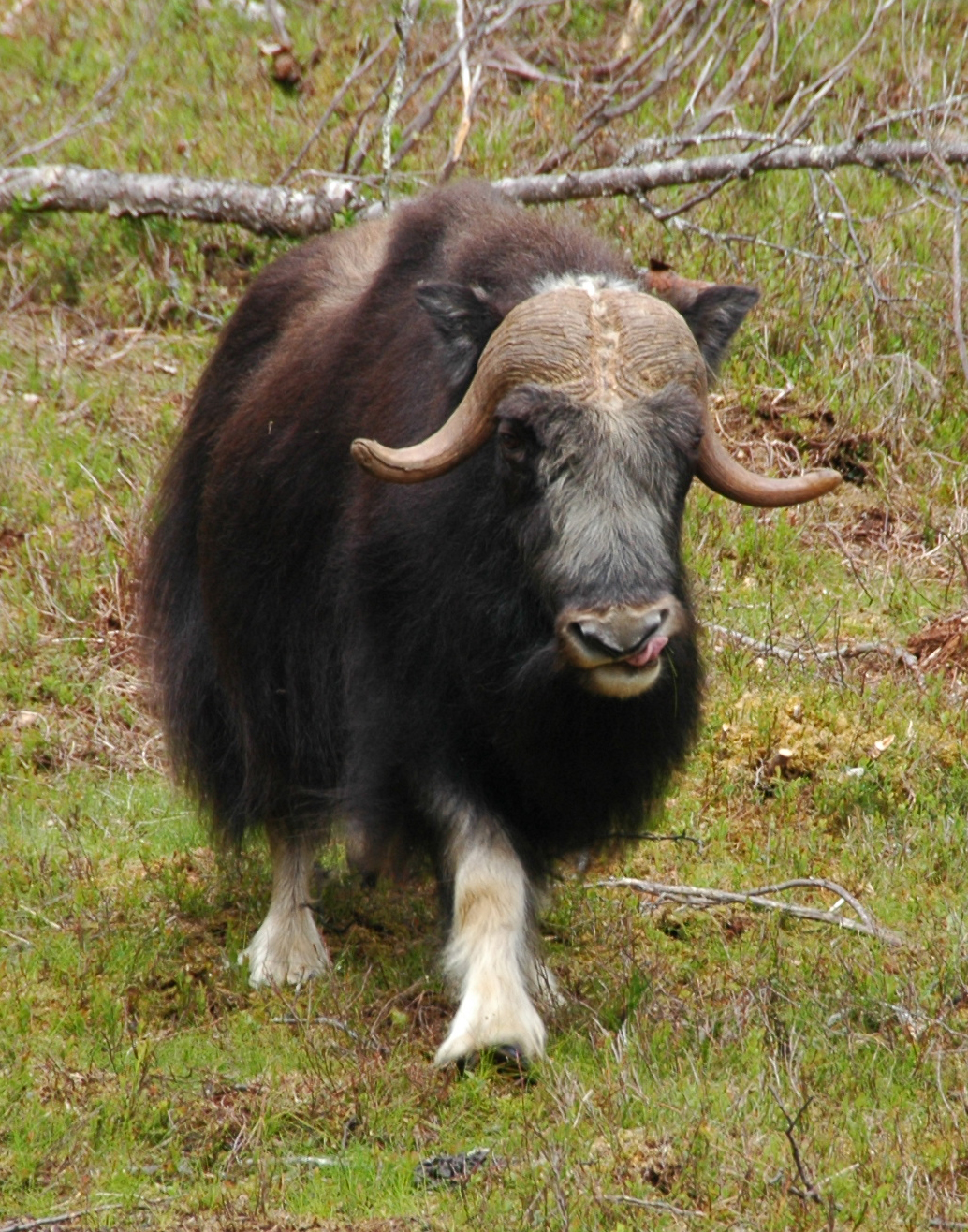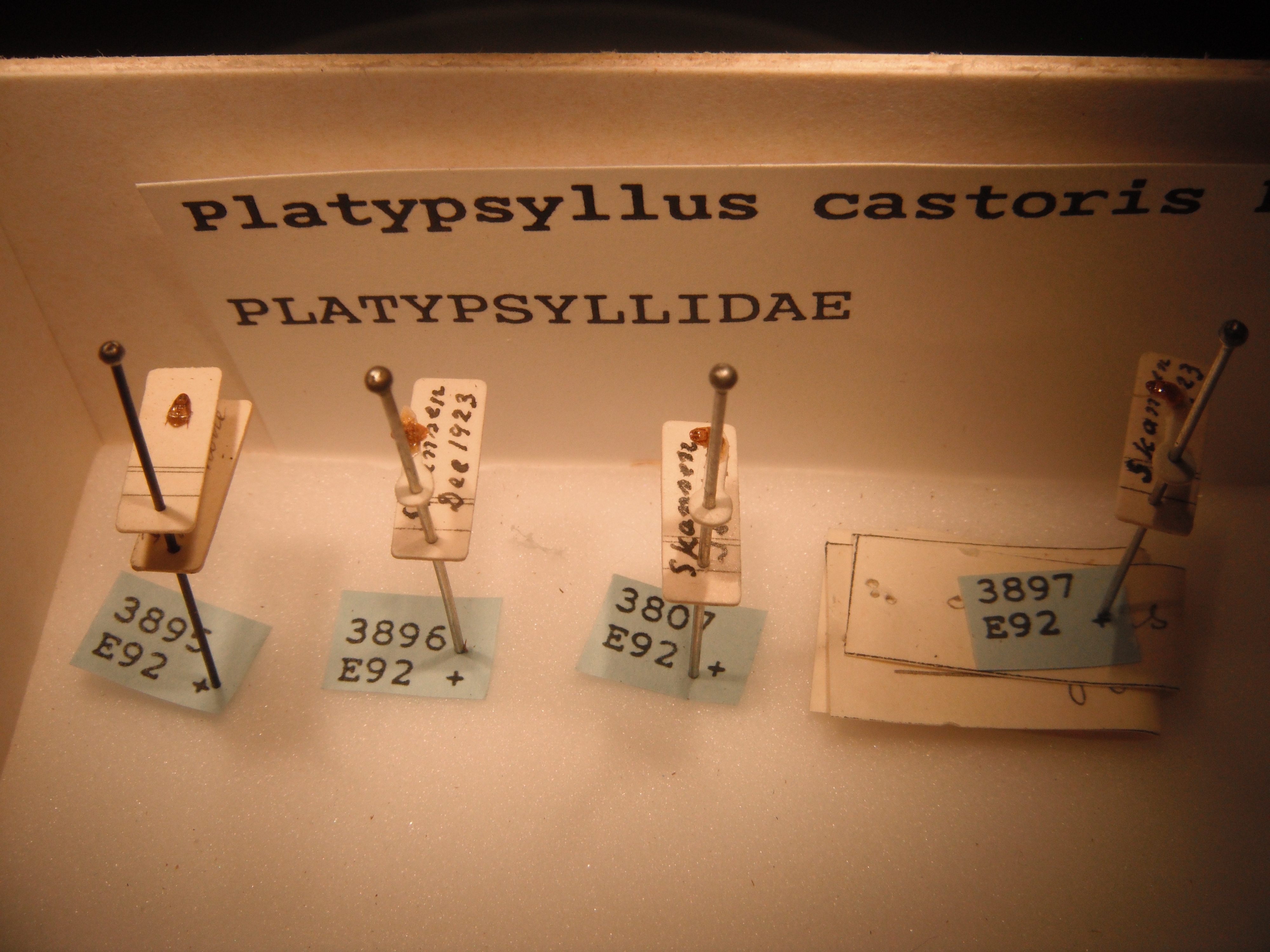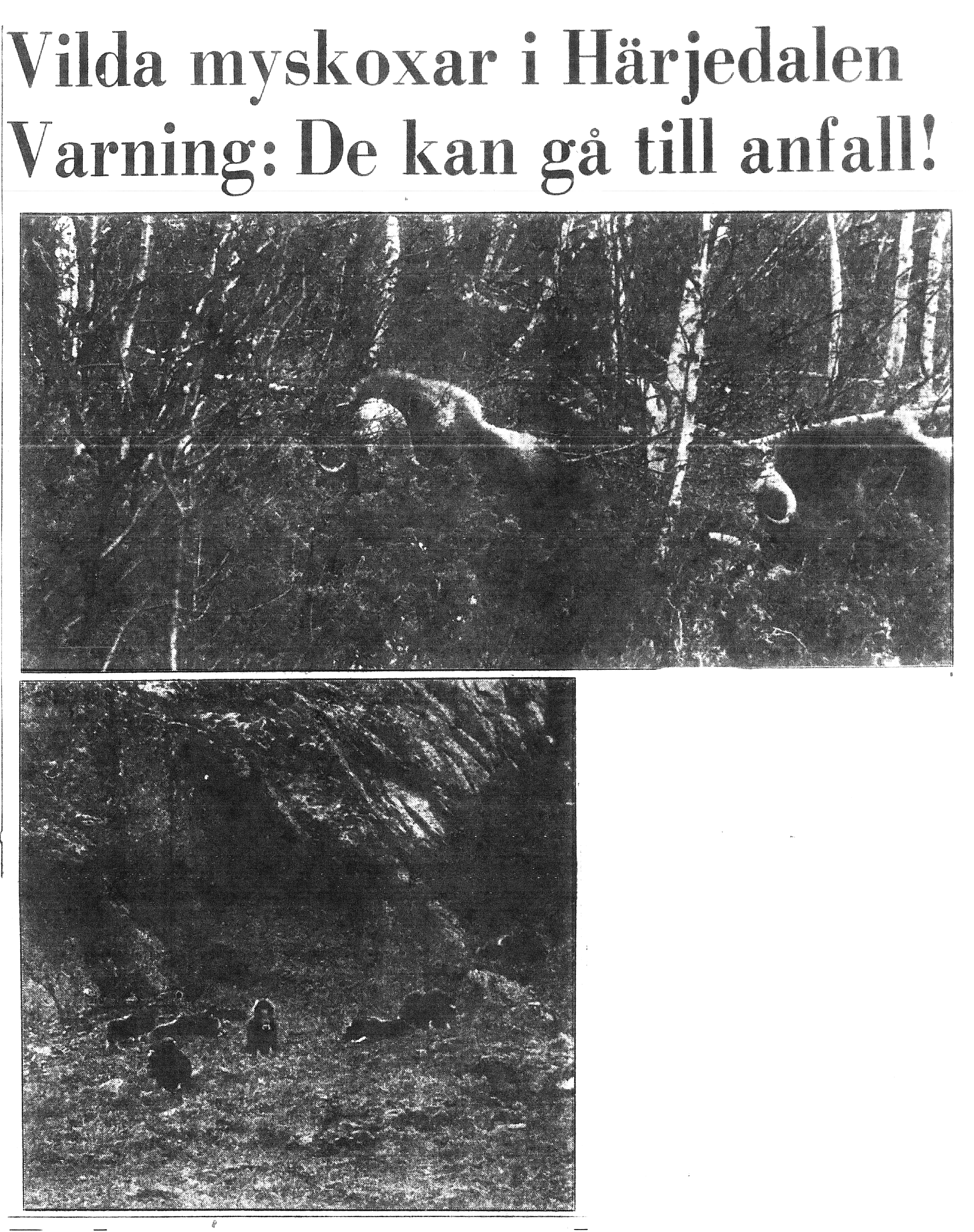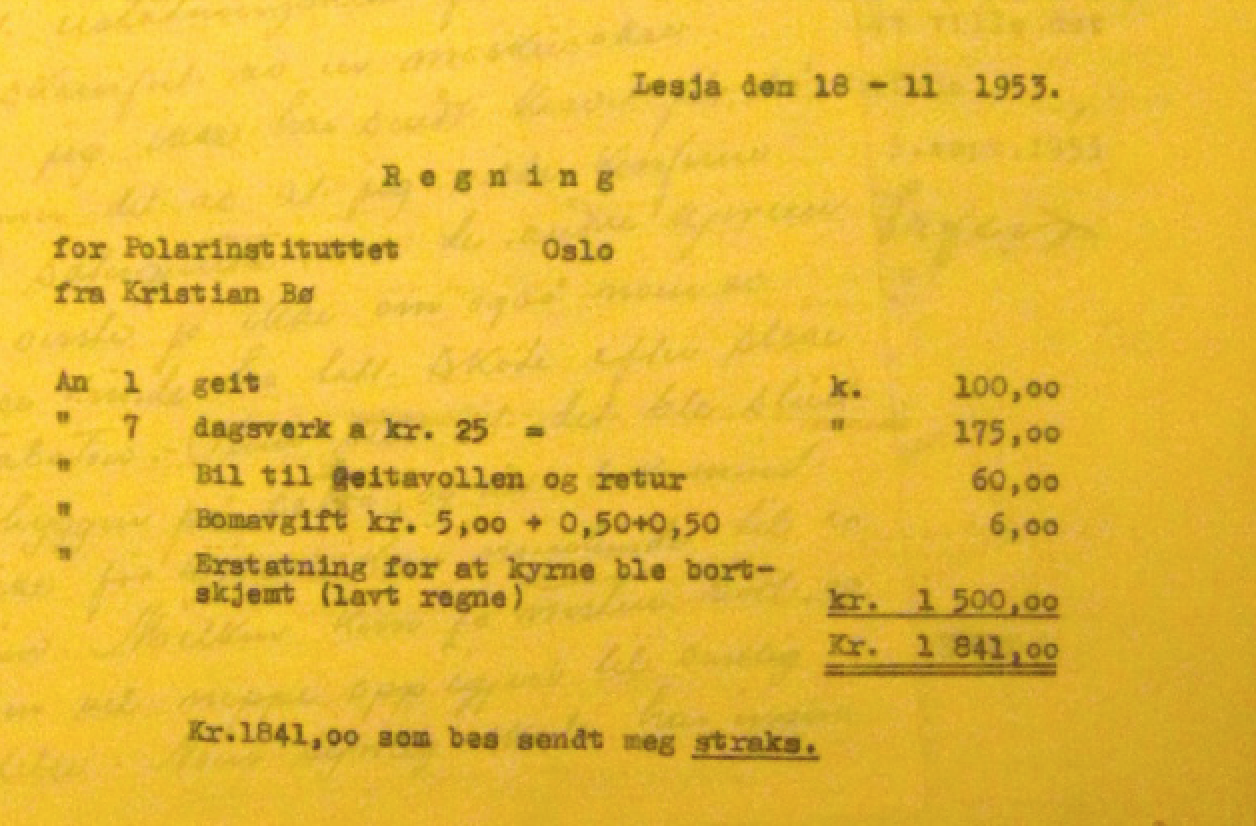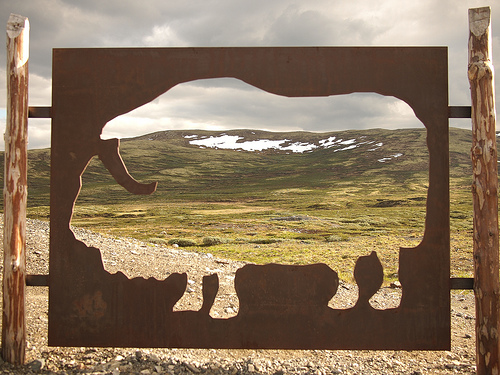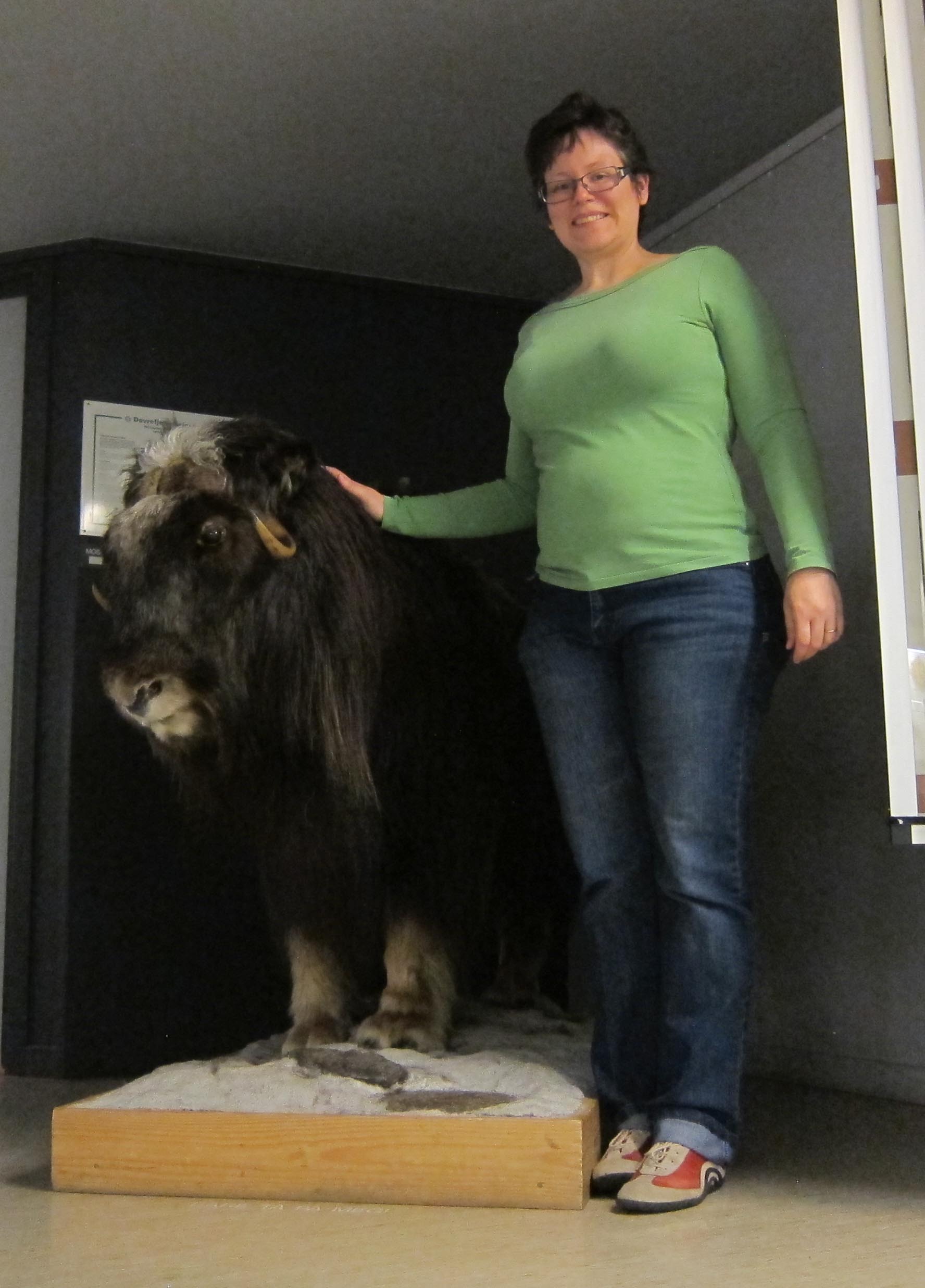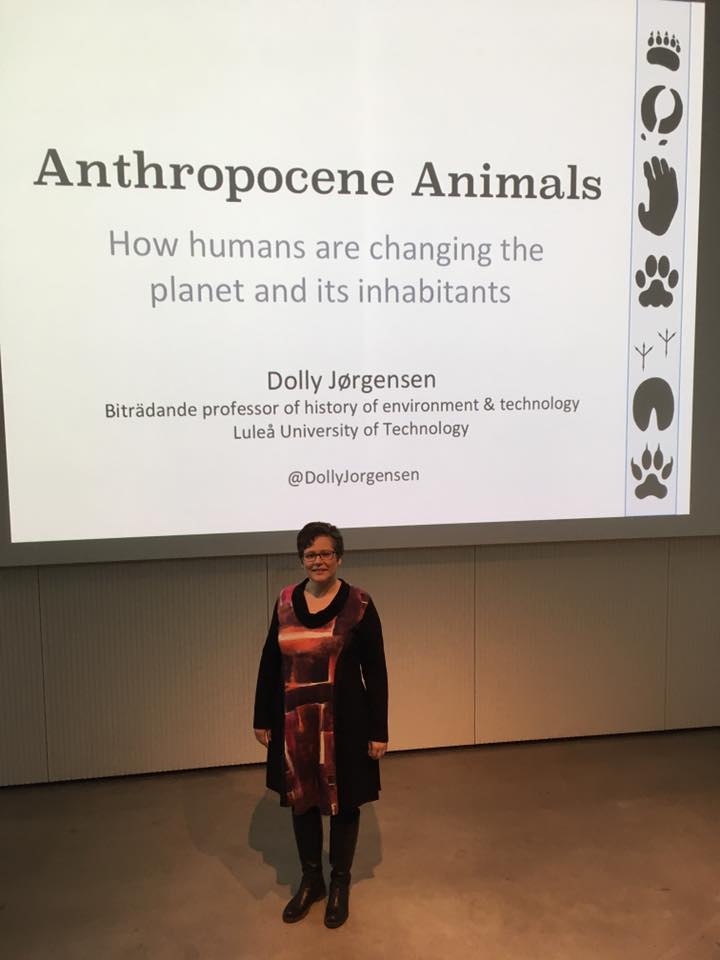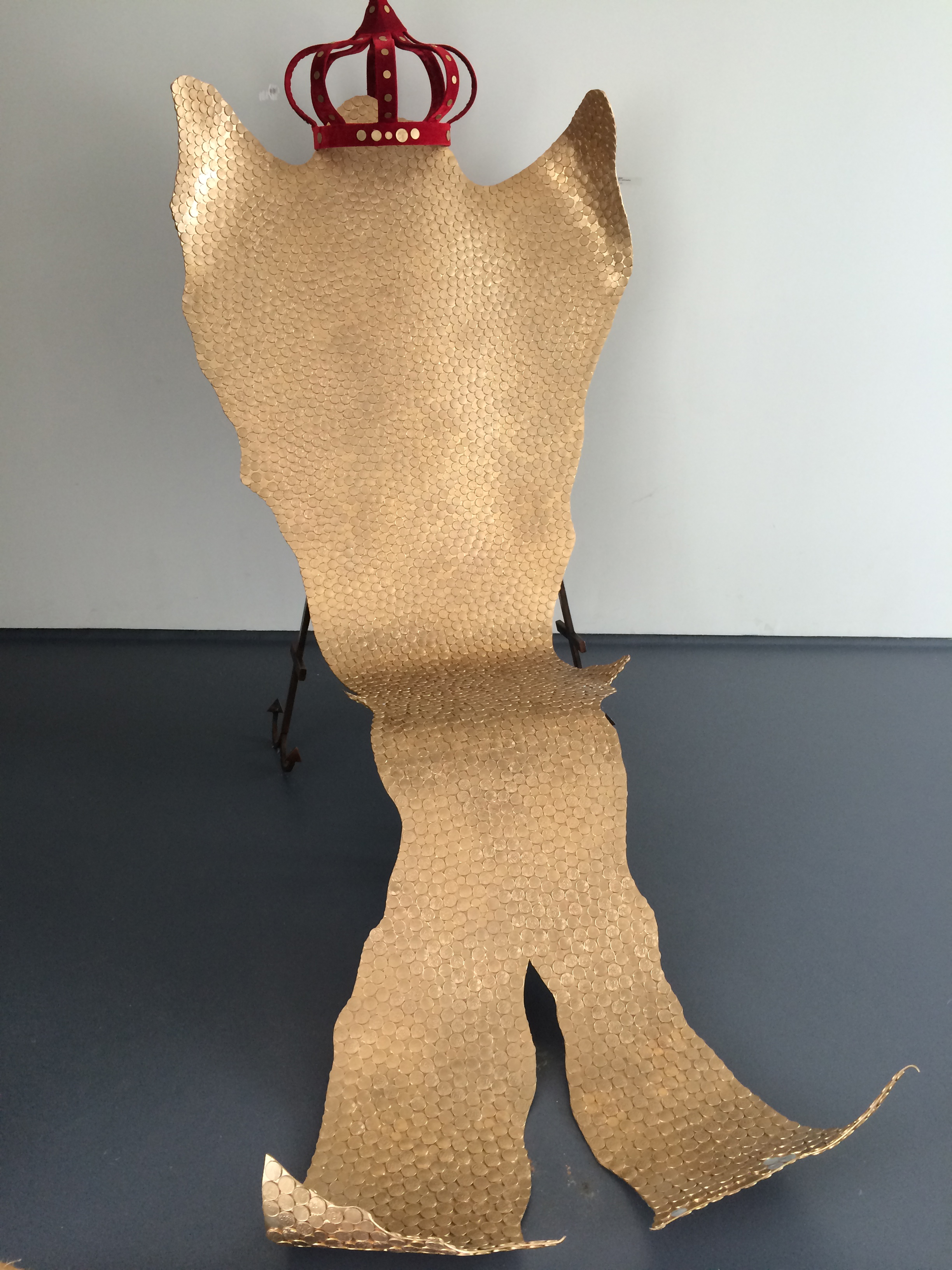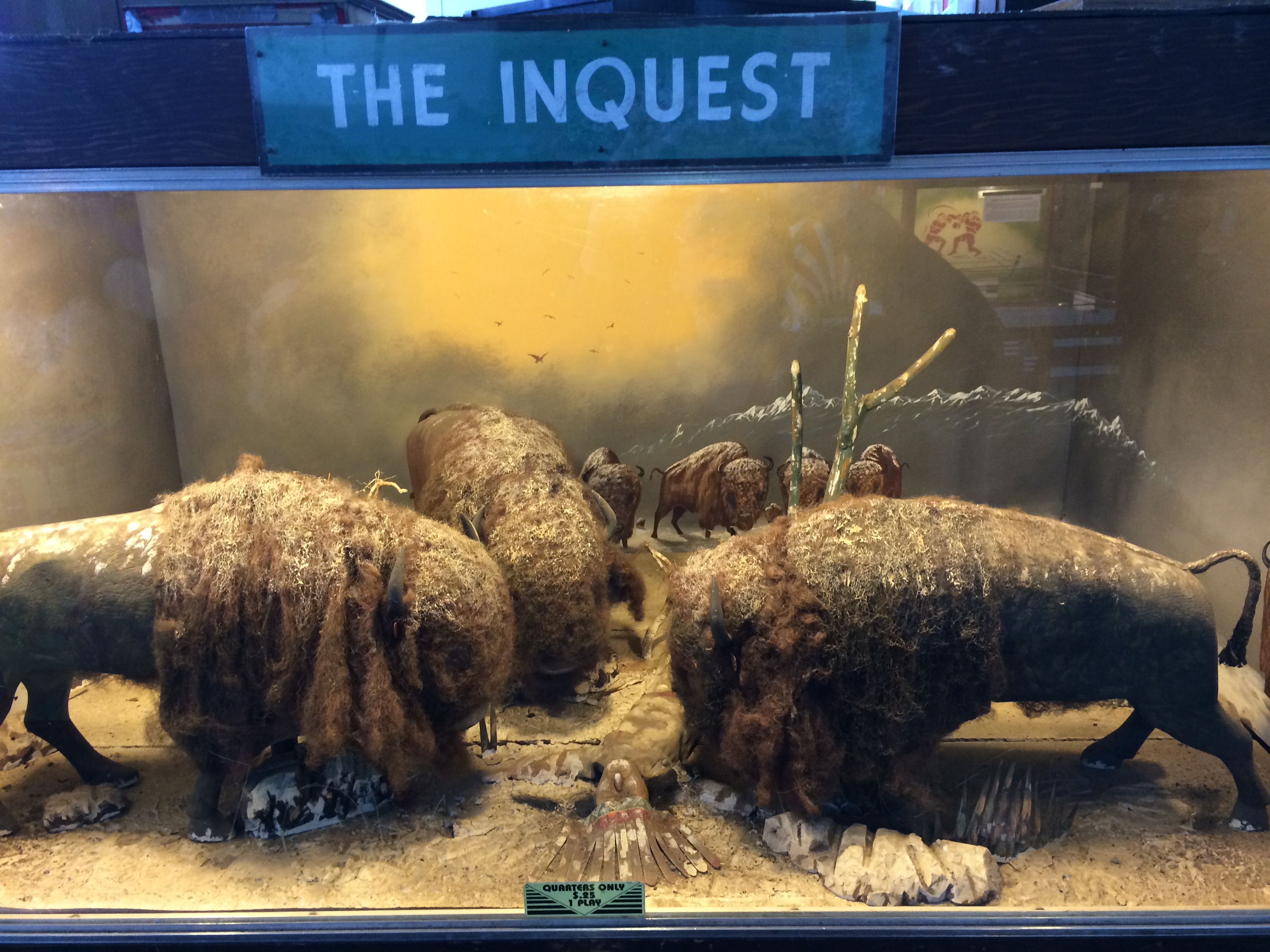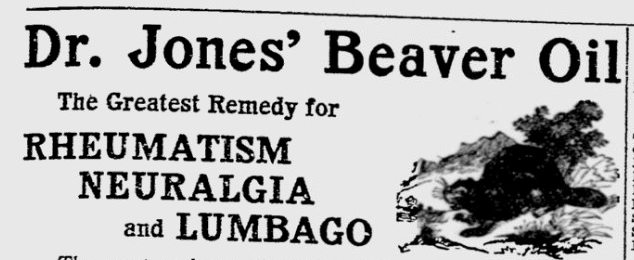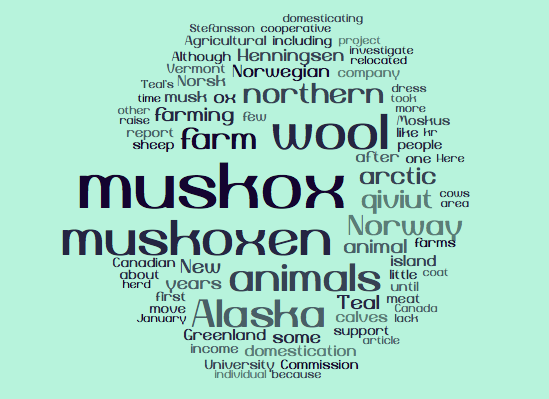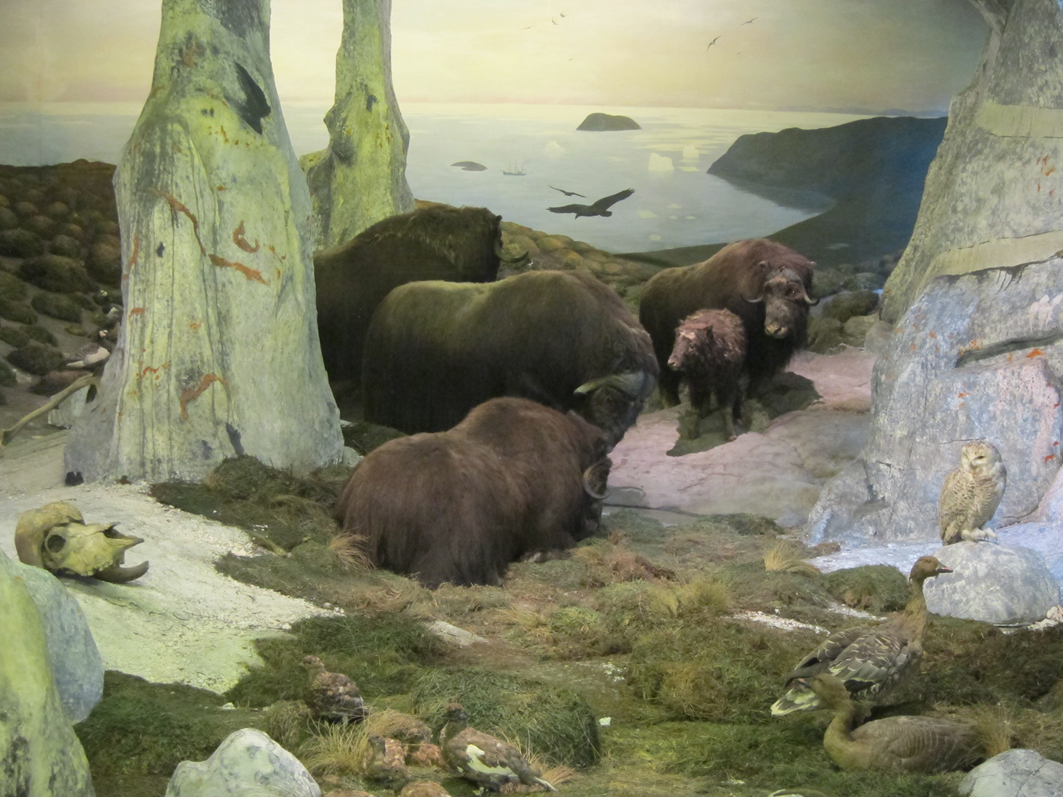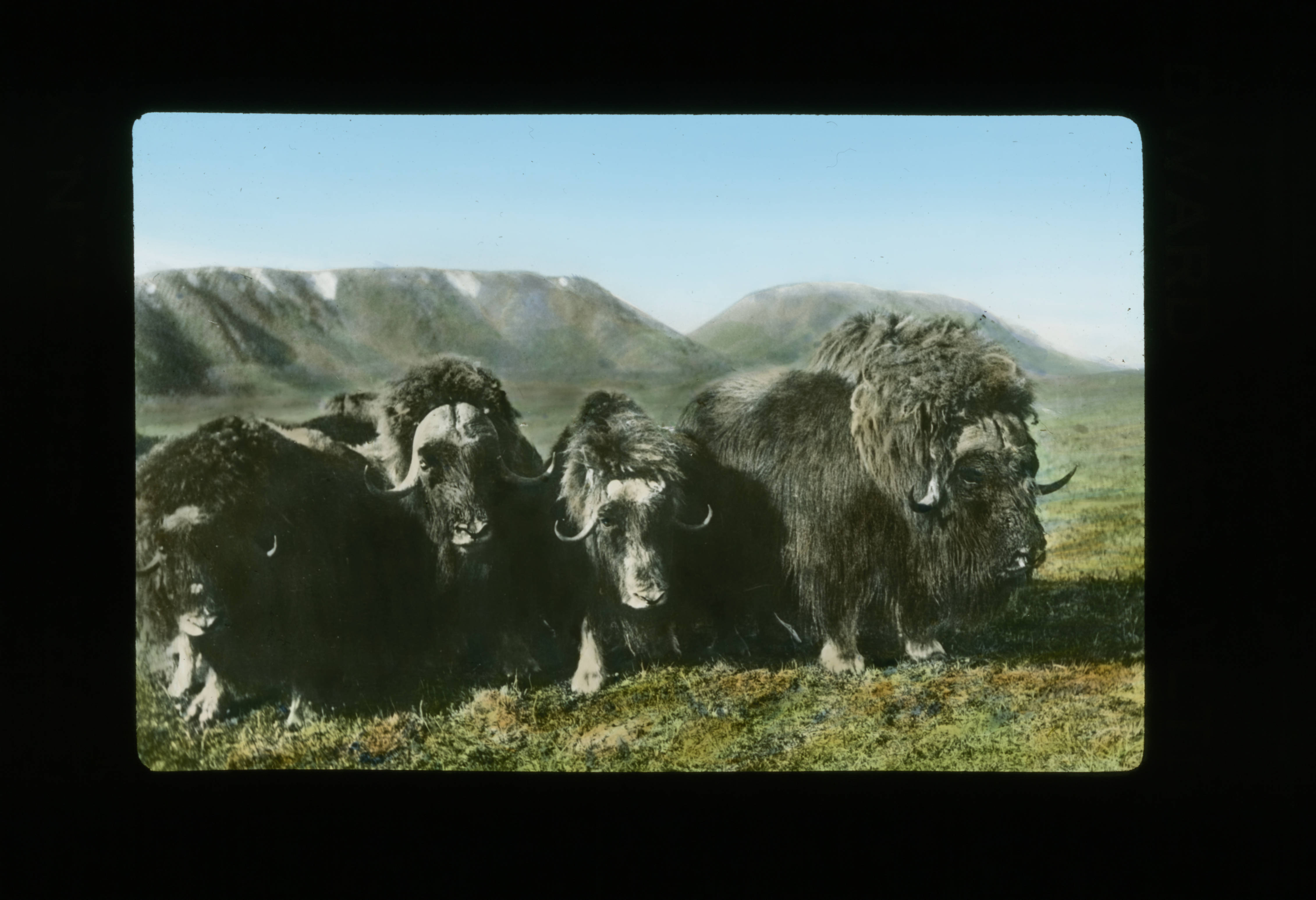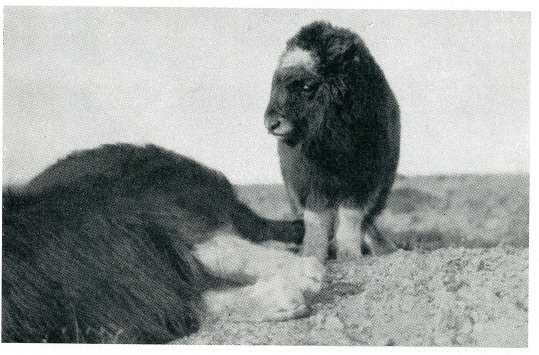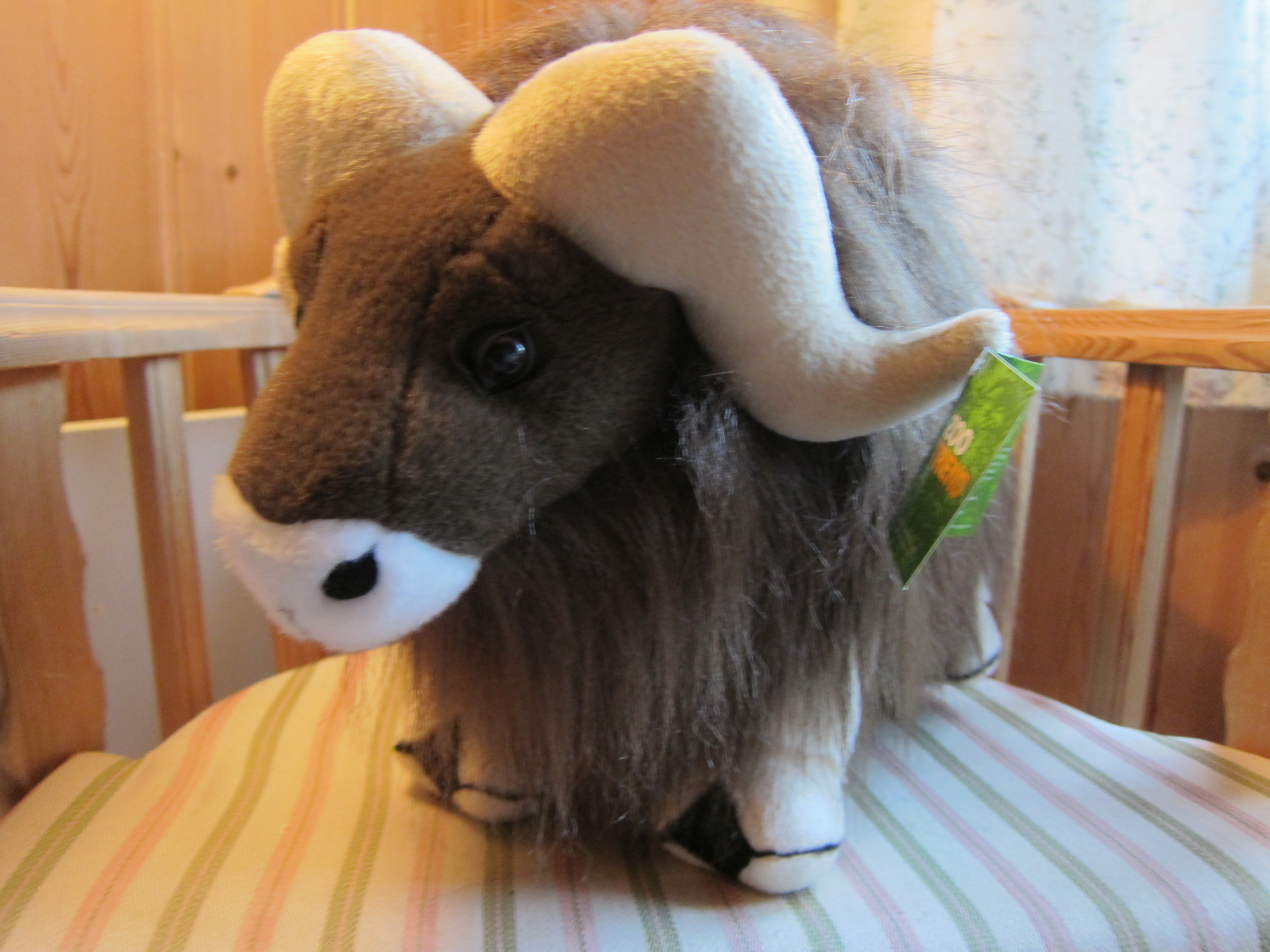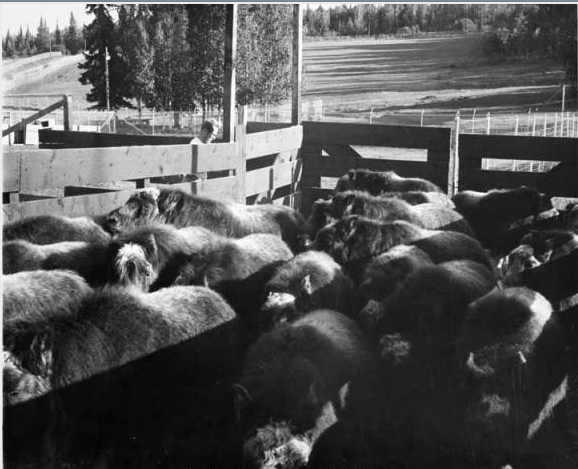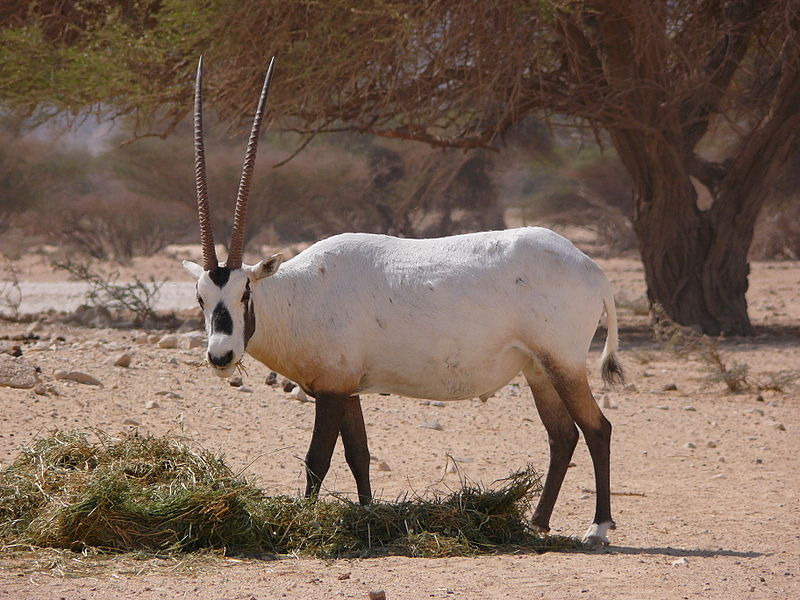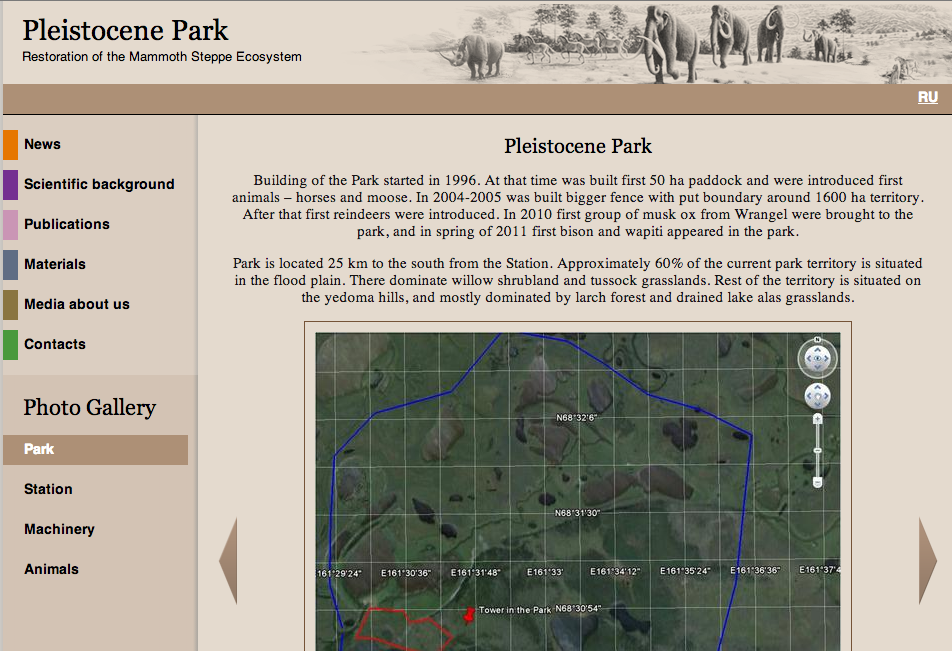muskox
-
Wild tourism meets local civilisation
The contemporary ‘rewilding’ movement as manifested in organisations like Rewilding Europe promotes wildlife tourism as an economic benefit for local communities. The newest Rewilding Europe target area, Rewilding Lapland, has also adopted this emphasis on wildlife watching as an alternative to other disruptive uses of the land such as intensive forestry, mining, and green energy developments which are competing economic interests in the area. As a historian, I look for historical parallels or (although I know many historians shutter at the idea) historical lessons that might shed light on potential hidden problems with contemporary developments. So when I was asked to participate in a seminar about rewilding and tourism at Dalarna University’s…
-
Unexpected media blitz
Earlier this week the press department at my university published a write-up in Swedish about this project based on an interview with me: Utrotade arters återkomst väcker känslor. The university press contact Sofia Stridsman had seen that I had an article in The Washington Post and wanted to find out more about my research. I thought it was a nice gesture, so I quickly agreed to the interview.
-
A Sami view of muskox
Last week I had the pleasure to participate in The Future of Wild Europe early career researcher conference held in Leeds, England. I gave a keynote address “Conflict in a wilder world: Of muskoxen and men in Scandinavia” on the second day of the event (you can watch my talk here in its entirety). If you’ve kept up with my work on this project, talking about the muskoxen which were reintroduced to the Scandinavian peninsula is nothing new for me. I looked at the muskox relocation from the muskox’s point of view in a 2014 talk I gave at the Rachel Carson Center for Environment & Society (which you can watch online) and…
-
Animals and authority in the Arctic
I have a new article out co-authored with Peder Roberts (KTH Royal Institute of Technology) on the many attempts and plans by Norwegians to move animals to and from the Arctic during the Interwar period. We teamed up together on this because while I had looked into the muskoxen relocated from East Greenland to Svalbard and the plans to introduce lemmings and rabbits as fox food on Svalbard, Peder had done work on penguin, seal, and reindeer relocations involving the Antarctic. The sheer number of these attempts was mind boggling.
-
Explorers and muskoxen
I visited the American Museum of Natural History in New York yesterday. They have an excellent series of dioramas in the Hall of North American Mammals, which were originally opened in 1943 and elegantly restored in 2011-12. One of the dioramas features muskoxen from Ellesmere Island, the third largest island in Canada. The pair were killed by Robert Peary’s Arctic expedition in 1898. This was the first of Robert Perry’s series of expeditions attempting to reach the North Pole (1898-1902, 1905-6, 1908-9) — he claimed to have finally gotten there on the last of those expeditions. The diorama is framed in terms of Arctic exploration. The sign places the scene at ‘The…
-
Stamp of approval?
Muskoxen have been roaming the Swedish mountains only since 1971 (at least this time around – they were present also several thousand years ago). That small group of animals had migrated by themselves over the Norwegian-Swedish border, so it was not a given how people would respond to these ‘new’ animals. For the most part, muskox quickly became understood as a central element in the mountains of Härjedalen, probably because of its novelty and distinctive appearance. When a Swedish national postage stamp series titled “Fjällvärld” (“Mountain World”) was issued in March 1984, the images chosen were a general mountainscape, the angelica flowering plant (also known as wild celery), the lemming, and the…
-
Animals in agricultural history
I’m off to Lexington, Kentucky, tomorrow for the Agricultural History Society meeting. This conference has adopted an ‘Animals in Agriculture’ theme and I am very excited to hear about the research being done in this area. I’ll be part of the opening plenary panel ‘Animals and Agricultural History’ on Thursday morning speaking about animal agency, animals as technologies, and how including animals in our histories opens up new lines of inquiry. My own personal paper contribution will be ‘The Quest for Qiviut’, which examines the attempts to domesticate muskoxen as wool producers. Although the ‘Return of Native Nordic Fauna’ project is focused on animal reintroduction, moving animals around take place with…
-
The Fruitful Arctic
In 1922, the Arctic explorer and ethnographer Vilhjalmur Stefansson published his book The Northward Course of Empire in which he argued that the North had been greatly misunderstood and could become a seat of great civilisation. After all, he argued, civilization had been moving further and further north into the colder regions over human history. The North, rather than being a barren wasteland devoid of vegetation, was a green space. The trick, Stefansson argued, was to turn the vegetation to productive use: The realization kept gradually growing on me that one of the chief problems of the world, and particularly one of the chief problems of Canada and Siberia, is to begin to make…
-
A wolf without sheep’s clothing
A gray wolf which was the first to be seen in the Grand Canyon area of the US since the 1940s is dead. The wolf, nicknamed Echo, had made a long distance journey of about 1200 kilometers from the Yellowstone National Park area to Arizona last year, using its feet to reintroduce wolves to the area. It was killed in Utah, supposedly mistaken by a hunter who thought it was a coyote. The ending of this story is sad but it is unsurprising. While scientists and activists tout reintroduction of large mammals and envision “rewilded” land full of wildlife, people who actually live on or near that land have other opinions.…
-
In search for the Golden Fleece
I ran across a lovely poem by the modernist poet Marianne Moore (1887-1972) this week titled “The Arctic Ox (or Goat)”, published originally in her collection O to be a Dragon (1959). Here is an excerpt: To wear the arctic fox you have to kill it. Wear qiviut–the underwool of the arctic ox– pulled off it like a sweater; your coat is warm; your conscience, better. I would like a suit of qiviut, so light I did not know I had it on; and in the course of time, another since I had not had to murder the “goat” that grew the fleece that made the first. The musk ox has no…
